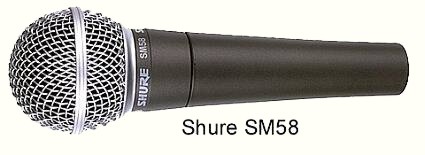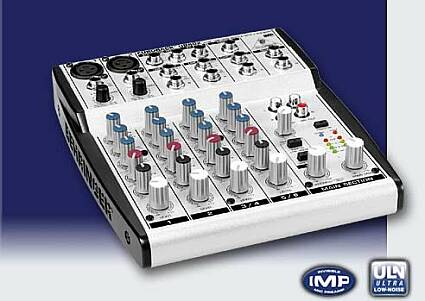Recording and Producing Your Podcast
Microphones
Let's start with a microphone. If you are feeling cheap, you could make a microphone by speaking into headphones plugged into your computer's mic input. But while this really does work, I don't recommend it; be prepared to drop at least 20 bucks on a mic. Although your average Radio Shack dynamic microphone will sound better than, say, talking through tin cans connected by string, I recommend checking out the Plantronics 90 for $37. This is a headset style microphone which is a good value, because you are getting headphones and a decent mic in one package.
Of course, if you want to go up to the next level of quality, you might want to consider a nicer microphone, like the Shure SM- 58 . Generally speaking, a higher quality microphone will have increased dynamic range and better frequency response, making it more sensitive overall. For the purposes of most podcasters, though, getting a microphone much better than this might be overkill.
If you're going to shell out the cash for a microphone; a very practical addition would be a mic stand. Although you may not mind holding your microphone throughout your recording, think of your listeners! Moving the microphone around as you speak - even a little bit - will lead to annoyingly inconsistent volume levels.
Mixers
A mixer is essential for any podcaster looking to record more than one channel at a time. For example, if your show has co-hosts, you will want a separate mic for each speaker. Or, you could have background music playing on one track, while recording on another. A simple mixer allows you to take inputs from two or more channels, and send the resulting output to just one channel. Again, a basic Behringer UB802 . It will give you the flexibility of a built-in equalizer, has more flexible routing options, and is built to last.
Get Tom's Hardware's best news and in-depth reviews, straight to your inbox.

